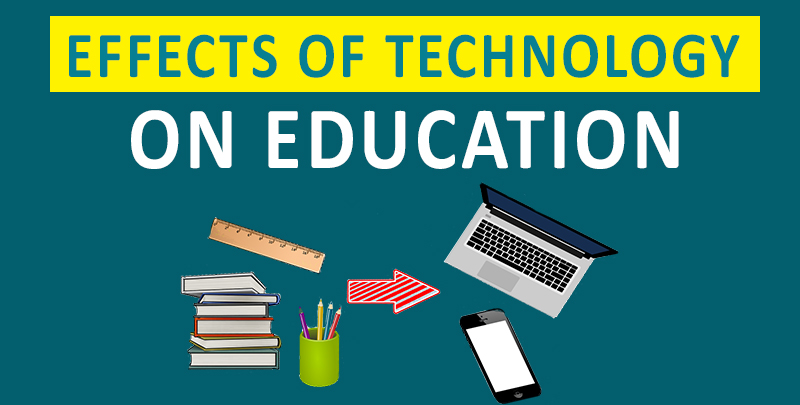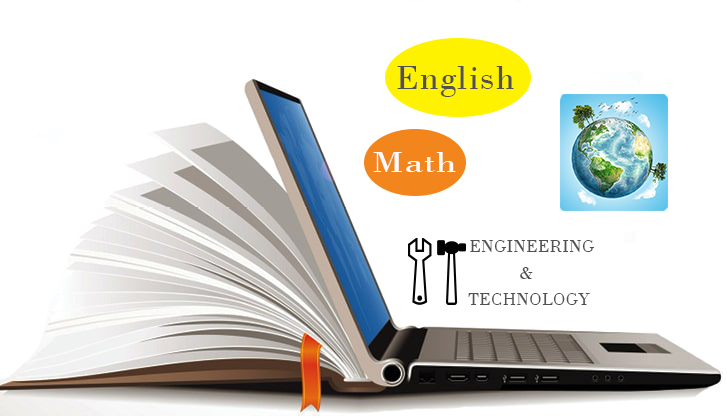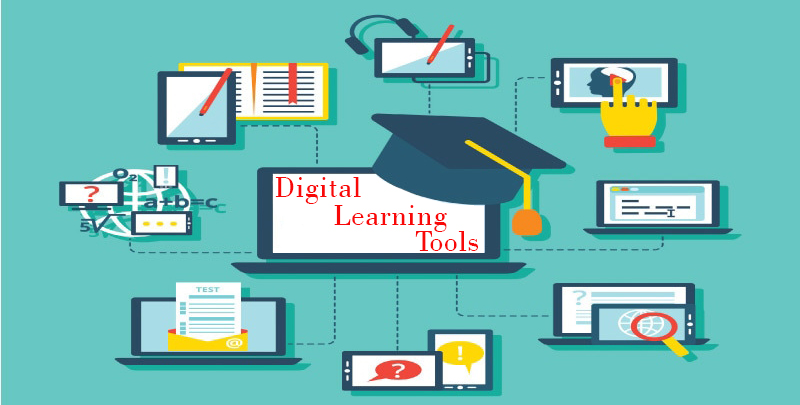How has technology impacted education?

We are living in a technology-driven world, whether for the better or worse. Since the 1980s, technology has continually evolved and increased its applications in businesses, institutions, and even our homes. The development and emergence of cellphones was a game changer in the history of technology – a technology that was easy to carry and fit in our pockets. The upward trajectory of technology has kept pace and will continue even in the years to come. The internet has brought us close together and brought us gigabytes of information within our reach inform of videos, images, audio, and text. Anything you think of, you can search it in your internet-enabled device and you will be served with information related to your query.

This technology has enabled us handle tasks both simple and complex. Want to know how to cook a meal? There are recipes online. Want to learn about music? Learn from the best musicians whose lessons and works are available online. Want a book from your favorite author? Just ‘Google’ it. Want to repair a device yourself? YouTube- Google’s video platform- has videos of people demonstrating how to do it. The internet, and by far technology, has dominated many aspects of our lives including health, housing, transportation, and agriculture. What is the impact of the ever-evolving technology in the realm of education? Most of us have not fully comprehended how technology has affected education.
Most of the basic features of education have not changed – and might not change for a long time. In 14th Century, Laurentius de Voltolina illustrated a university lecture in medieval Italy. From the scene, the teacher is on a podium in front of the room and the students are seated in rows, some taking notes, others talking to each other, a few look bored, and one is clearly asleep. You can see the similarities between that illustration and today’s physical classroom. The only difference is that, in some instances, books have been replaced by laptops and mobile phones. The foundational system of a teacher instructing one or more students is still intact. In a system that is yet to adopt EdTech, a teacher still serves as the single source of information, which is passively received by learners. Further, physical books are continuing to be the source of information and a guide to teachers and students. Although it might seem like technology is still to impact education, there are some areas that technology has facilitated students’ learning and teachers’ teaching activities. Let us explore some ways through which technology has changed education.
Accessibility
Let us think of the persistent face-to-face education system. This system continues to exist around the globe and is more favored in some regions. For this system to work, a teacher and student are required to be physically present in the same location for learning to take place. However, we have borne witness to technology enabling a teacher to hold a lesson with students in different locations from each other. When schooling was interrupted due to the Covid-19 pandemic, most learning institutions, particularly in developed countries and regions, such as the USA, Australia, Canada, and Europe nations, seamlessly moved to the online space to conduct lessons. Further, people have been learning and advancing their studies online and getting awarded with Bachelor’s degrees, Masters, and even PHDs without ever stepping into a physical class. All thanks to technology, websites such as Udemy, Coursera, and Khan Academy have enabled students around the globe to acquire new information aside from what they are taught in class. These online schools systems have helped break down geographical barriers that have long prevented students learn from their education centers of choice.
Flexibility
As adults, we might be committed elsewhere and still wish to further our studies in a certain field or even add a skill such as cooking, art, knitting, and more. With online learning, we do not have to take time off our main commitments to pursue that which we consider important. As an online student, one has the freedom of setting and tailoring schedules in the 24-hour day. Online learning has removed the absolute necessity for physical books and course reading materials as these materials are available online and can be shared among students with the simple click of a button. Some materials can require to be purchased before being used and that’s where the common purchasing technologies come in. You can purchase learning materials online using PayPal, MasterCard and Visa cards issued by a bank, or even M-Pesa if in Kenya. There are over 20 major payment platforms that you can use to purchase a reading material –all from the comfort of your home. For instance, if you are interested by a new book by J.K Rowling (Famous for the Harry Potter books), you can search for the book in Amazon – a popular online store- buy it and have a hard copy sent to your address or sent as a soft copy by email, if supported. You do not have to be in the USA to get the book, you can simply shop for it here in Kenya. This is the extent that technology has facilitated education and learning.
Interactions between students and teachers: Communication and Collaboration
Back in the day, you had to wait to get to school to ask a teacher a question (If the question is in regards to your homework that day, you had be sited for late delivery). Today’s technological advances, including Email, SMS, and chat systems such as WhatsApp and Facebook Messenger enable students interact with their teachers in the online space, when a question or information is still fresh in their minds. Consider a scenario where you could encounter a Math problem, open WhatsApp on your mobile device, take a picture of it and send it to your older sibling on the other side of the country for assistance. Most of us could have scored higher homework points if this technology existed. Today’s student has this technology at his or her disposal. Whereas this unlimited form of communication is cheered for, one question remains: Are there elements of communication, such as the non-verbal cues, that are lost when using communication technologies? And if so, what is impact on the original message?

In physical schools, we are used to the group work where we pull chairs round a table to engage on an assigned topic. The online space allows for collaboration using tools such as Google Docs, where members can work on a document concurrently.
Advent of Online Tests
A technology-powered testing system is recognized for its inability to be biased. Basic classroom tests are timed, delivered on a piece of paper, and observed for authenticity purposes. Online tests are timed and delivered on an app or website. There are various concerns for using online tests including the students’ authenticity and honesty. Can you real tell that the actual student is on the other side of the screen? If so, you can’t tell that he or she is not doing further research from books or the internet when answering questions. Unless these tests are done within school compounds under supervision, they can be easily compromised. However, tests can be administered online as a preparation to a final onsite test. Further, online tests are required to be multiple choice for it to be done and graded by the system. Else, a teacher will be required in the case of textual answers or those that require user input.
In conclusion, we have explored the various factors that have been influenced by technology in EdTech. As initially stated, the teacher has long served as the sole source of information. Inarguably, technology has eased access to learning content and information shifting the teacher’s role to “the guide on the side”. Students have been given additional roles and responsibilities for their own learning and research. Can technology be used to increase students’ attentiveness and enhance interactivity? There are many research studies done on the benefits and challenges of rolling out full scale EdTech in pre-primary, primary, secondary, and post-secondary studies.
We cannot ignore the negative impact of technology on education, particularly on matters, society. In a subsequent article, we will explore, in-depth, some of the negative influences of technology on education. As a highlight, the article will discuss distortion of student-teacher relationships, isolation of students in a digital and virtual world, deepening social inequalities between students and institutions that can afford the technology and those that cannot (the haves and the have-nots), and the deterioration of a student’s basic competencies in reading, writing, and math.



